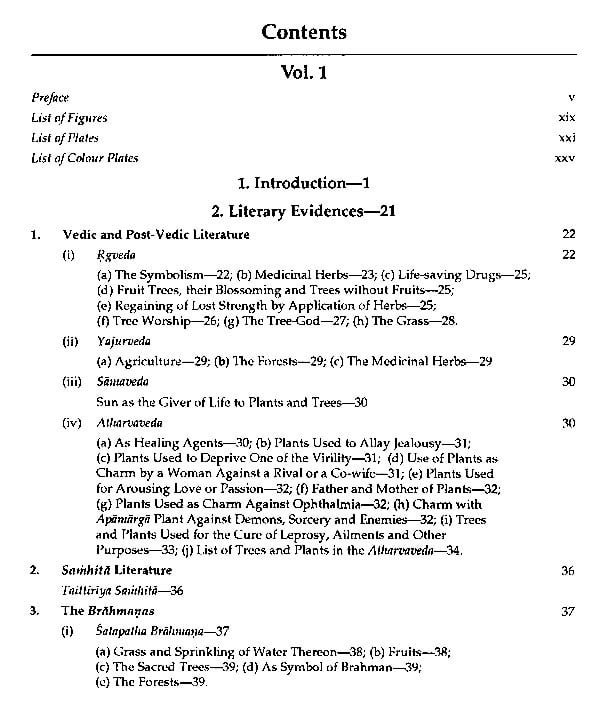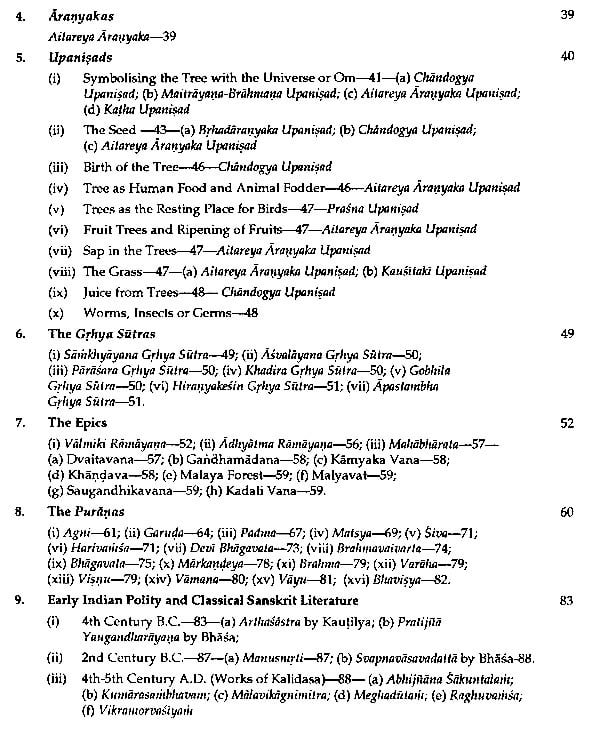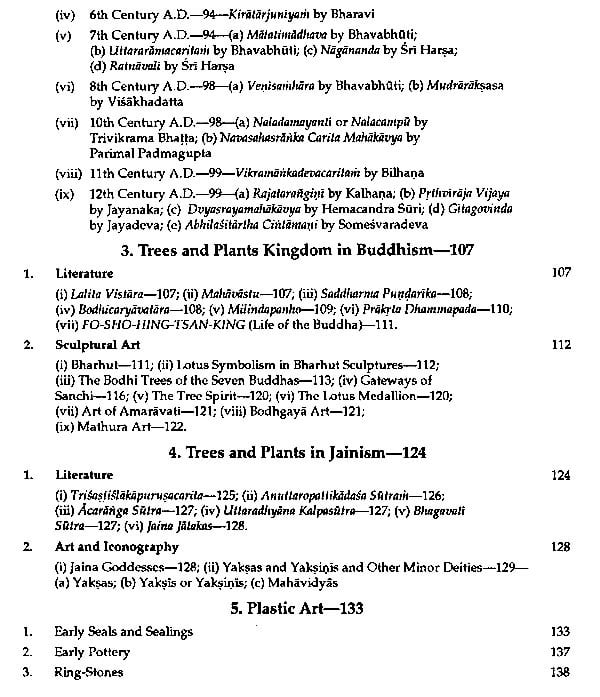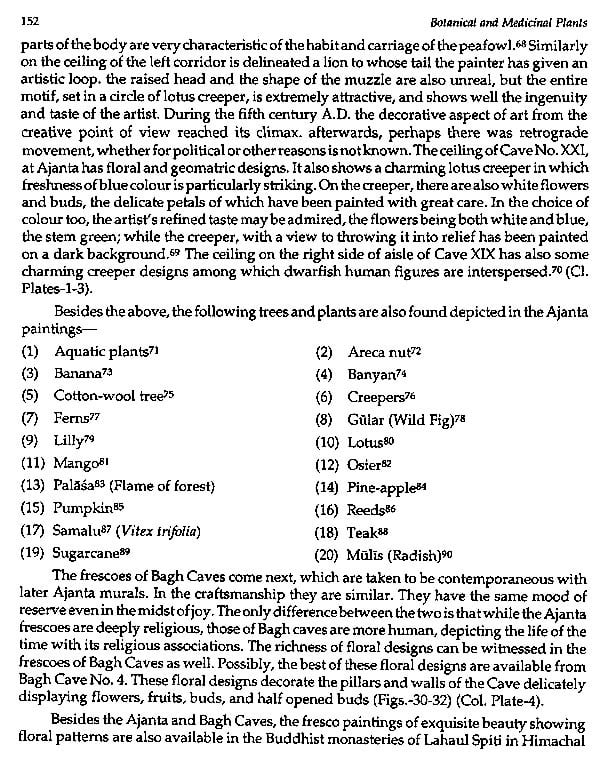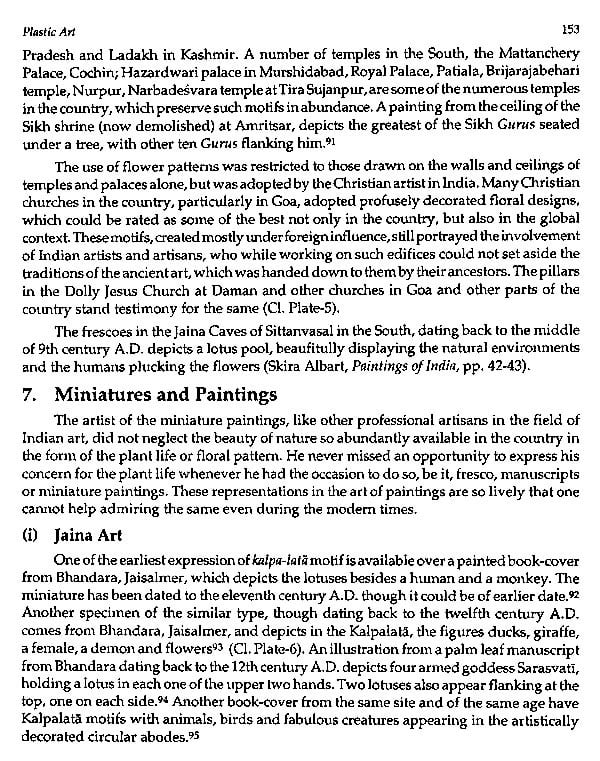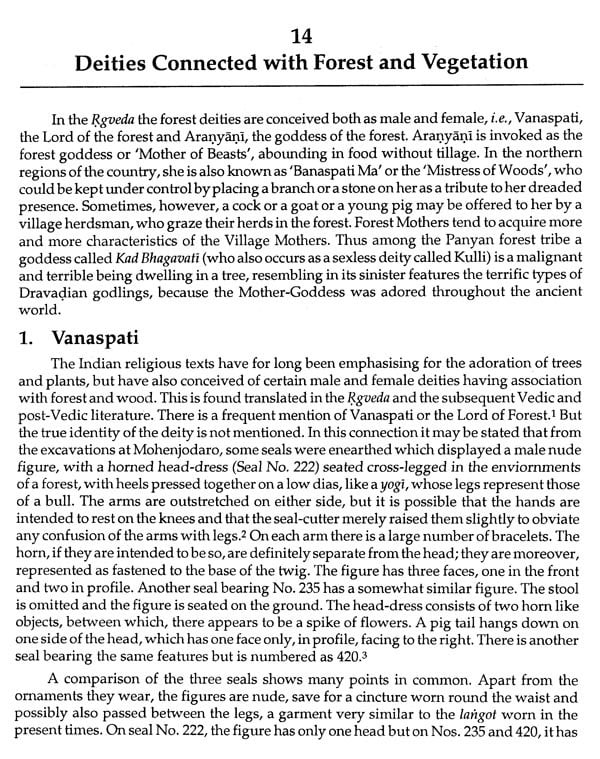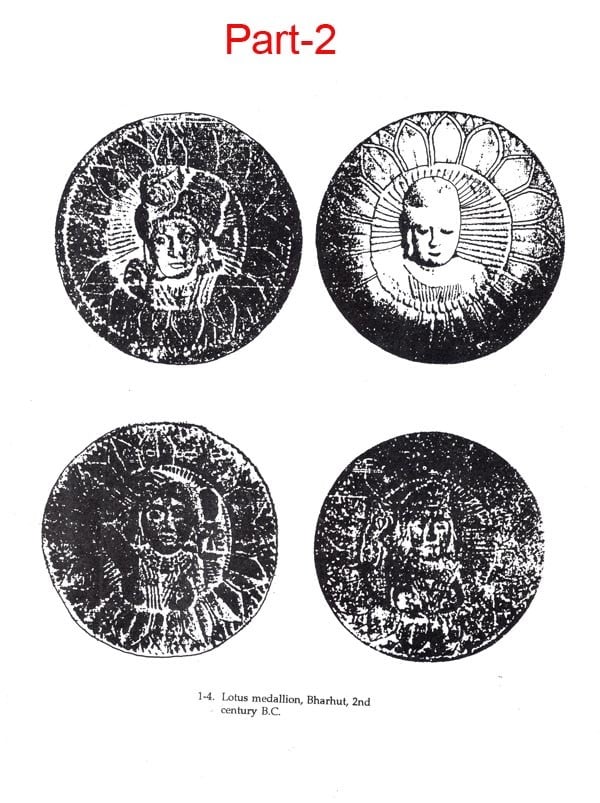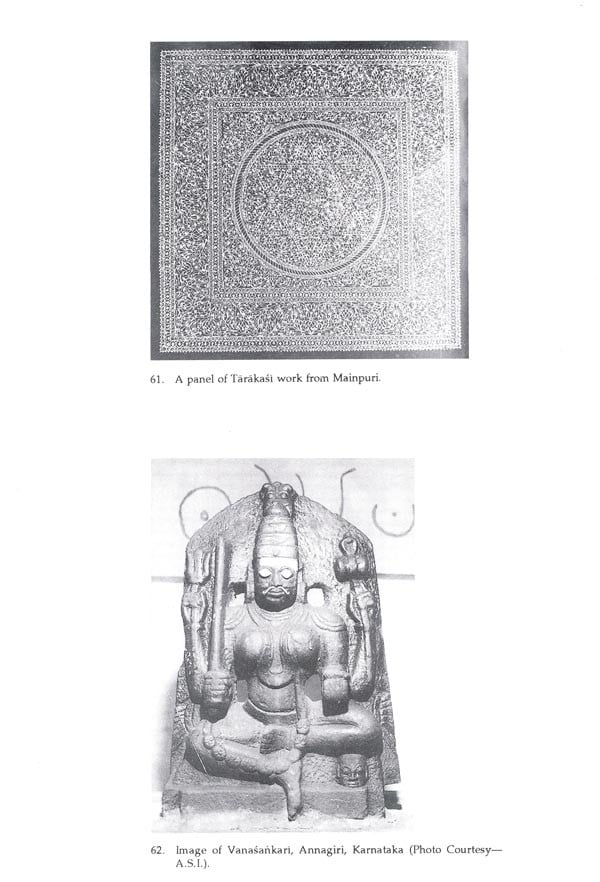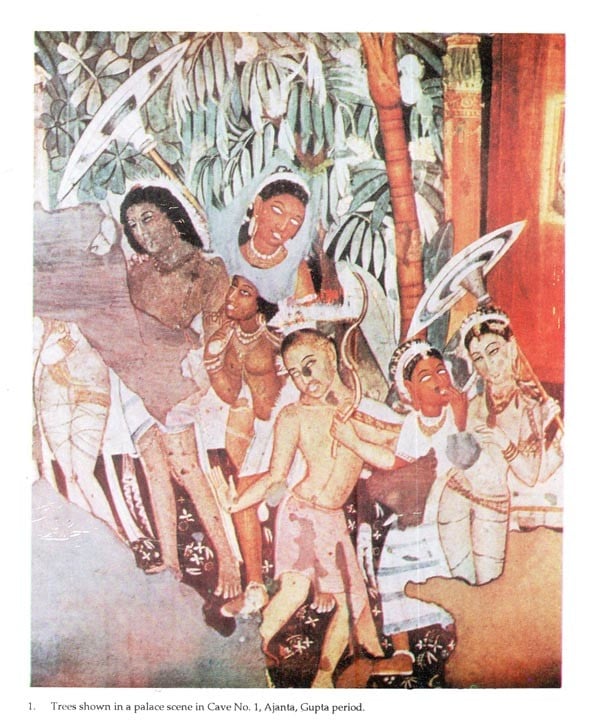
Botanical and Medicinal Plants- As Depicted in Ancient Texts, Art & Archaeology from Dawn of Civilization to the Modern Age (Set of 2 Volumes)
Book Specification
| Item Code: | AZE601 |
| Author: | Shanti Lal Nagar |
| Publisher: | B.R. Publishing Corporation |
| Language: | ENGLISH |
| Edition: | 2000 |
| ISBN: | 8176461407 |
| Pages: | 630 (Throughout B/w and Color Illustrations) |
| Cover: | HARDCOVER |
| Other Details | 11.00x9.00 |
| Weight | 2.23 kg |
Book Description
With the dawn of civilization, man found the need for covering his body and at that early stage, the tree-bark was found by him to be quite useful for the purpose; with the domestication of animals the use of vegetation as fodder for the animals was well realised by him; with the expansion of society, the caves and caverns were found to be inadequate and the need for building dwelling places dawned on him. For this purpose the wood could easily be available from trees and even the dwelling places were perched on the trees. Then the so bountiful nature provided him the fruits and tree roots to appease his hunger. As time passed he also learnt of making fire by rubbing two sticks for which the burning wood was also provided by the plant kingdom. While taking to farming, man came to know the utility of cotton which could be procured out of cotton seeds. This made a revolution in his life and he gradually replaced the bark garments with those of the woven cotton ones.
Since the early man was dwelling mostly in the forests, he gradually became conversant with even the medicinal properties of the plants and started using them for the cure of various types of ailments. The continued stay of man in the environments of nature made him observe the various qualities in the plant kingdom, which he made use of variously in his daily life. Though with the advancement of civilization man left his rural abodes, patronizing urban habitats, but still the ascetics, sages and rises never left their forest abodes, which served as great centres of learning, knowledge and educational institutions. These recluses, by their constant research, particularly on medicinal properties of plants, served humanity at large in order to remove their human disorders.
man, mammals (e.g., apes and monkeys) totally upon the natural resources their environments, which, until developed methods for hunting, consisted almost completely plants. behavior pre Stone-Age man inferred by peoples various parts the world. Isolated South America, Africa and Guinea, for example, have knowledge plants and distinguish hundred kinds plants utility, edible, poisonous, or otherwise important in culture. They have developed surprisingly sophisticated systems nomenclature classification which approximate the binominal system names) found in modern biology. urge kinds plants and give them names seems as race."
**Contents and Sample Pages**
